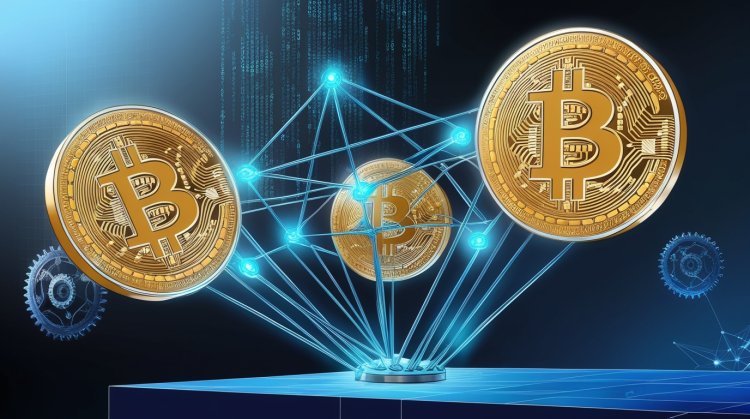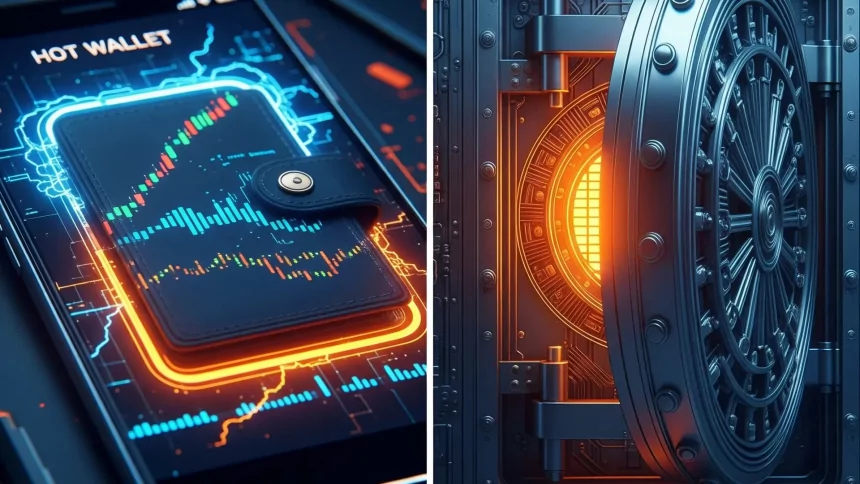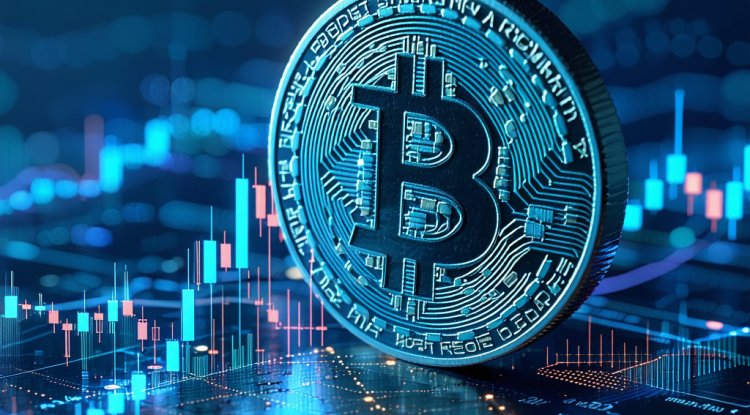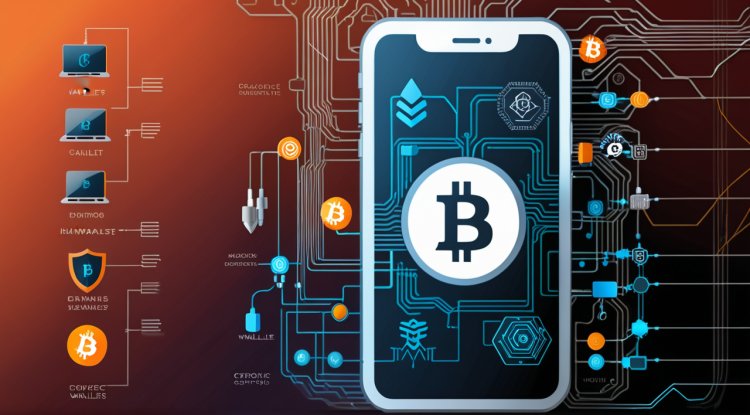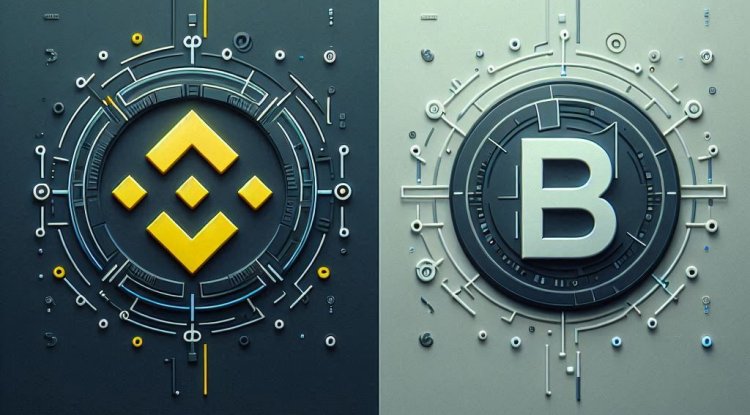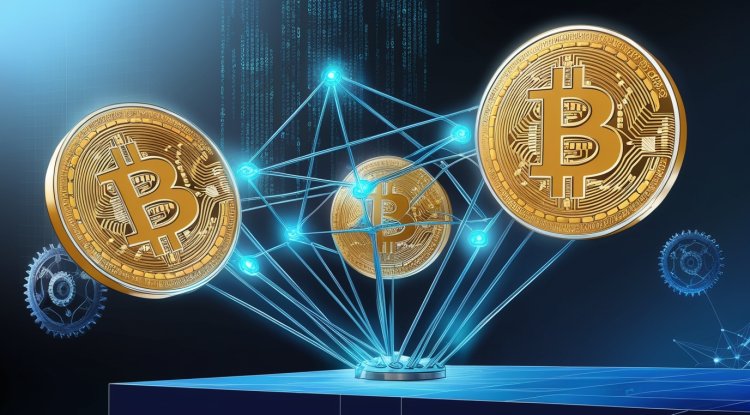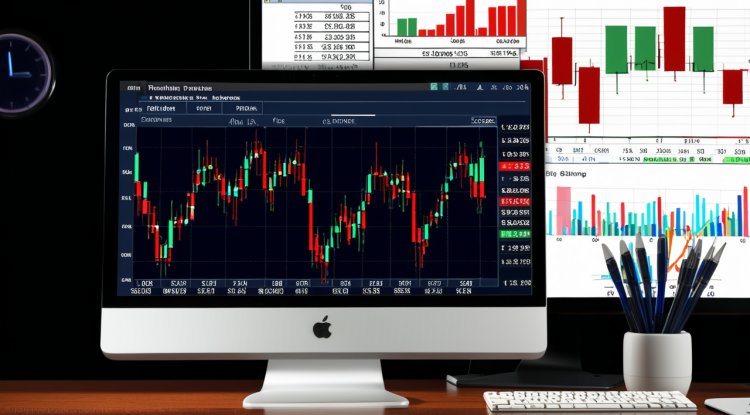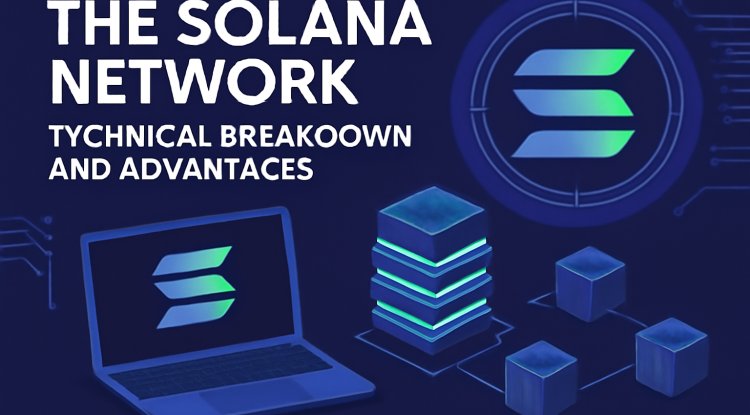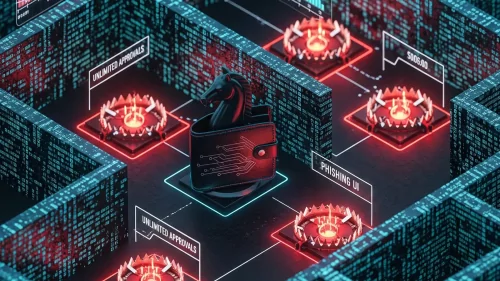The Complete Guide to Solana: Understanding the Revolutionary Blockchain
Explore Solana, a revolutionary blockchain network. Learn about its core features, SOL token, ecosystem, challenges, and future growth. A comprehensive guide to understanding Solana's speed, scalability, and impact on decentralized applications.
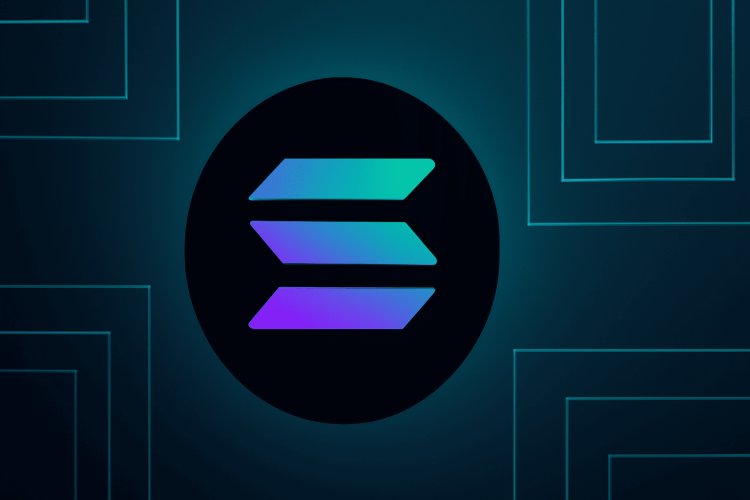
Solana is not just another blockchain network. It’s a game-changer in the world of decentralized technology, offering incredible speed, scalability, and low transaction costs. Launched in 2020, Solana has quickly gained popularity and recognition among blockchain enthusiasts, developers, and investors. Let’s dive into the world of Solana and see why it’s making such a huge impact on the cryptocurrency space.
Introduction to Solana
Solana is a highly functional and fast-growing blockchain that aims to provide a scalable infrastructure for decentralized applications (dApps). Unlike other well-known blockchain networks such as Bitcoin and Ethereum, Solana distinguishes itself through its innovative technology, making it capable of processing thousands of transactions per second (TPS).
Overview of Solana
At its core, Solana is designed to address some of the most pressing issues faced by other blockchain networks, namely scalability and transaction costs. By utilizing a unique consensus mechanism called Proof of History (PoH) combined with Proof of Stake (PoS), Solana can process transactions at a much higher speed than traditional networks.
Importance in the Blockchain Ecosystem
In the rapidly growing blockchain ecosystem, scalability is a major challenge. Solana’s ability to scale without compromising on security or decentralization makes it a highly attractive alternative to other blockchain platforms like Ethereum, which often struggles with high transaction fees and slow speeds.
What Makes Solana Unique?
What sets Solana apart is its architecture that allows for faster transaction speeds. The combination of Proof of History and Proof of Stake provides a unique solution to blockchain scalability problems. Solana's network can handle 65,000 transactions per second, a far cry from Ethereum’s 15–30 TPS. This performance, paired with ultra-low transaction fees, is why Solana has attracted so much attention in the blockchain community.
History and Background of Solana
The Founding of Solana
Solana was founded in 2020 by Anatoly Yakovenko, a former Qualcomm engineer. Yakovenko set out with a mission to create a blockchain network that would address the scalability issues faced by existing blockchains. With the backing of early investors, Solana raised millions to fund its development.
Key Figures Behind the Project
Alongside Yakovenko, key figures like Greg Fitzgerald (former Qualcomm colleague) and Stephen Akridge (ex-QC engineer) played pivotal roles in building the infrastructure of Solana. Together, they combined their expertise in distributed systems to create what would become one of the most efficient and scalable blockchains in the market.
Evolution and Growth of Solana
Since its inception, Solana has seen rapid growth. It started as a relatively unknown blockchain and has grown into one of the most influential networks in the crypto space. Solana’s rise is attributed to its fast transaction speeds, low costs, and growing support from the DeFi and NFT communities.
Solana’s Core Features
Speed and Scalability
The most notable feature of Solana is its speed. With the ability to handle 65,000 TPS, it’s one of the fastest blockchains in existence today. This scalability is achieved by using its unique Proof of History mechanism, which enables the network to efficiently process transactions without compromising security.
Proof of History (PoH)
Proof of History is a novel concept introduced by Solana. It works by creating a historical record that proves that an event has occurred at a specific moment in time. This innovation allows for greater efficiency in transaction processing and verification, as it eliminates the need for validators to constantly communicate with each other to verify the time and order of transactions.
Proof of Stake (PoS) Integration
Alongside PoH, Solana also utilizes Proof of Stake for its consensus mechanism. Validators in the network stake their SOL tokens to validate transactions, ensuring the network’s security and decentralization. This hybrid system makes Solana’s blockchain both energy-efficient and scalable.
Low Transaction Costs
Unlike Ethereum, which often suffers from high transaction fees during peak periods, Solana has an incredibly low transaction cost. The average transaction fee on Solana is typically around $0.00025, which makes it highly attractive for both developers and users.
The Solana Blockchain Technology
How Solana Works
Solana’s blockchain works by combining its Proof of History and Proof of Stake mechanisms to create a fast and secure network. Validators on the network verify transactions, and PoH timestamps the transactions, making them verifiable without waiting for confirmation from other validators.
The Role of Validators in Solana
Validators are crucial to Solana’s success. They validate transactions and participate in the creation of new blocks. Validators are rewarded with SOL tokens for their participation in the network.
Transaction Finality and Speed
Solana achieves fast transaction finality through its consensus mechanisms. Transactions on Solana are confirmed in approximately 400 milliseconds, allowing for nearly instant confirmation of trades and operations.
Solana’s Native Cryptocurrency: SOL
What is SOL?
SOL is the native cryptocurrency of the Solana blockchain. It serves multiple purposes within the network, including transaction fees, staking, and governance. It is an essential component of Solana’s ecosystem and helps maintain the integrity of the network.
Use Cases for SOL Token
SOL plays a crucial role in ensuring the security and operation of the Solana blockchain. By staking SOL tokens, validators participate in the network’s consensus process. Additionally, SOL is used to pay for transaction fees, which are considerably lower than on many other blockchain networks.
How SOL Fits into the Ecosystem
SOL tokens are also used to interact with various decentralized applications (dApps) on the Solana network. These applications range from decentralized finance (DeFi) platforms to non-fungible token (NFT) markets. By using SOL, users are able to access the many features and services that Solana offers.
Solana Ecosystem and Its Components
Decentralized Applications (dApps)
The Solana ecosystem is rapidly growing, with many developers building decentralized applications (dApps) on the network. These dApps span various industries, including finance, gaming, and NFTs. Thanks to Solana’s scalability, these dApps are able to operate with high performance and low fees, which makes it an attractive platform for developers.
Smart Contracts on Solana
Solana supports smart contracts, which are self-executing contracts with the terms of the agreement directly written into code. These contracts can be used to automate various processes, such as lending, trading, and asset management, within the Solana network.
Decentralized Finance (DeFi) on Solana
Solana has become a major player in the DeFi space. It provides the infrastructure for decentralized lending platforms, decentralized exchanges (DEXs), and other DeFi applications. The high-speed and low-cost nature of Solana’s blockchain make it an ideal platform for DeFi services, offering a seamless and efficient experience for users.
NFT Integration on Solana
Solana has also emerged as a strong competitor to Ethereum in the NFT market. With faster transaction times and lower fees, Solana has quickly become a go-to platform for minting and trading NFTs. Several high-profile NFT projects have migrated to Solana due to its lower costs and greater scalability.
Solana vs Ethereum
Speed and Transaction Fees Comparison
One of the key advantages Solana has over Ethereum is its speed. Solana can handle over 65,000 transactions per second, while Ethereum, due to its proof-of-work (PoW) mechanism, is limited to a fraction of that. Additionally, Solana’s transaction fees are significantly lower than Ethereum’s, making it an attractive choice for developers and users.
Development Ecosystem Comparison
Both Ethereum and Solana have robust development ecosystems. However, Ethereum has been around much longer and has a more mature ecosystem with a larger pool of developers. Solana is catching up fast and offers developers high-speed transactions and low costs, which makes it a competitive option for building decentralized applications.
Security and Network Effects
While Ethereum has a more established network with stronger decentralization, Solana is constantly improving its security measures. However, the blockchain’s reliance on fewer validators compared to Ethereum has raised concerns about its level of decentralization, especially during times of network outages.
Solana's Challenges
Network Outages and Reliability Issues
Solana has faced several network outages, which have raised concerns about its reliability. These outages have been mainly due to overloads or technical issues with the blockchain's validators. While the Solana team is actively working on improving network reliability, this remains one of the major criticisms of the platform.
Centralization Concerns
Another challenge faced by Solana is the issue of centralization. Solana’s consensus mechanism and network infrastructure rely on a relatively small number of validators. Some critics argue that this could lead to centralization, undermining the very principles of decentralization that blockchain networks aim to uphold.
Competitors in the Blockchain Space
Despite its remarkable achievements, Solana faces stiff competition from other blockchain networks such as Ethereum, Avalanche, and Cardano. Each of these platforms offers unique advantages, and it remains to be seen whether Solana can maintain its position in the competitive blockchain space.
Solana’s Partnerships and Collaborations
Key Partnerships in the Blockchain Space
Solana has formed various partnerships to further strengthen its position in the blockchain ecosystem. These include collaborations with crypto exchanges, NFT platforms, and DeFi protocols. Notable partnerships include collaborations with Serum, a decentralized exchange (DEX), and the integration of Solana in the USDC stablecoin ecosystem.
Collaborations with Industry Giants
Solana has also secured significant backing from some of the biggest players in the blockchain and technology industries. For example, it has partnered with prominent venture capital firms like Andreessen Horowitz (a16z), which has provided substantial funding to support the development of the Solana ecosystem.
Solana's Future and Potential
The Roadmap for Solana
Solana’s roadmap includes several exciting upgrades and developments. Key improvements are focused on enhancing network reliability, increasing validator participation, and further optimizing transaction speed. The Solana team is committed to expanding the platform’s use cases, including more integrations in the world of decentralized finance and NFTs.
Predictions for Solana's Growth
Experts predict that Solana has the potential to become one of the top blockchains in the world. Its focus on scalability, speed, and low fees puts it in a strong position to compete with Ethereum and other platforms. As more developers build on Solana and the ecosystem continues to grow, Solana’s adoption is expected to increase.
Solana’s Role in the Future of Web3
Solana is poised to play a critical role in the future of Web3, the decentralized internet. With its ability to handle a high volume of transactions at low costs, Solana can provide the infrastructure needed to support a new wave of decentralized applications, financial services, and digital assets.
Conclusion
Solana has proven itself as a high-performance blockchain with a strong potential to transform the decentralized space. Its focus on speed, scalability, and low fees makes it an attractive option for developers and users alike. While challenges like network outages and centralization concerns remain, Solana’s innovative approach to solving blockchain limitations positions it as a key player in the future of decentralized technologies.
FAQs
-
What makes Solana different from other blockchains?
-
Solana is unique due to its combination of Proof of History (PoH) and Proof of Stake (PoS), allowing for ultra-fast transaction speeds and low fees.
-
-
How does Solana ensure scalability and speed?
-
Solana ensures scalability and speed by using Proof of History to timestamp transactions, allowing them to be processed in parallel and reducing bottlenecks.
-
-
What are the risks associated with using Solana?
-
The risks include network outages, concerns about decentralization, and the challenge of competing with other established blockchains like Ethereum.
-
-
How can I buy SOL tokens?
-
SOL tokens can be purchased on major cryptocurrency exchanges such as Binance, Coinbase, and Kraken.
-
-
Will Solana overtake Ethereum in the future?
-
While it’s difficult to predict, Solana’s scalability and lower fees give it the potential to challenge Ethereum’s dominance in the blockchain space.
-
Please don’t forget to leave a review.
Share
What's Your Reaction?
 Like
1
Like
1
 Dislike
0
Dislike
0
 Love
0
Love
0
 Funny
0
Funny
0
 Angry
0
Angry
0
 Sad
0
Sad
0
 Wow
0
Wow
0
